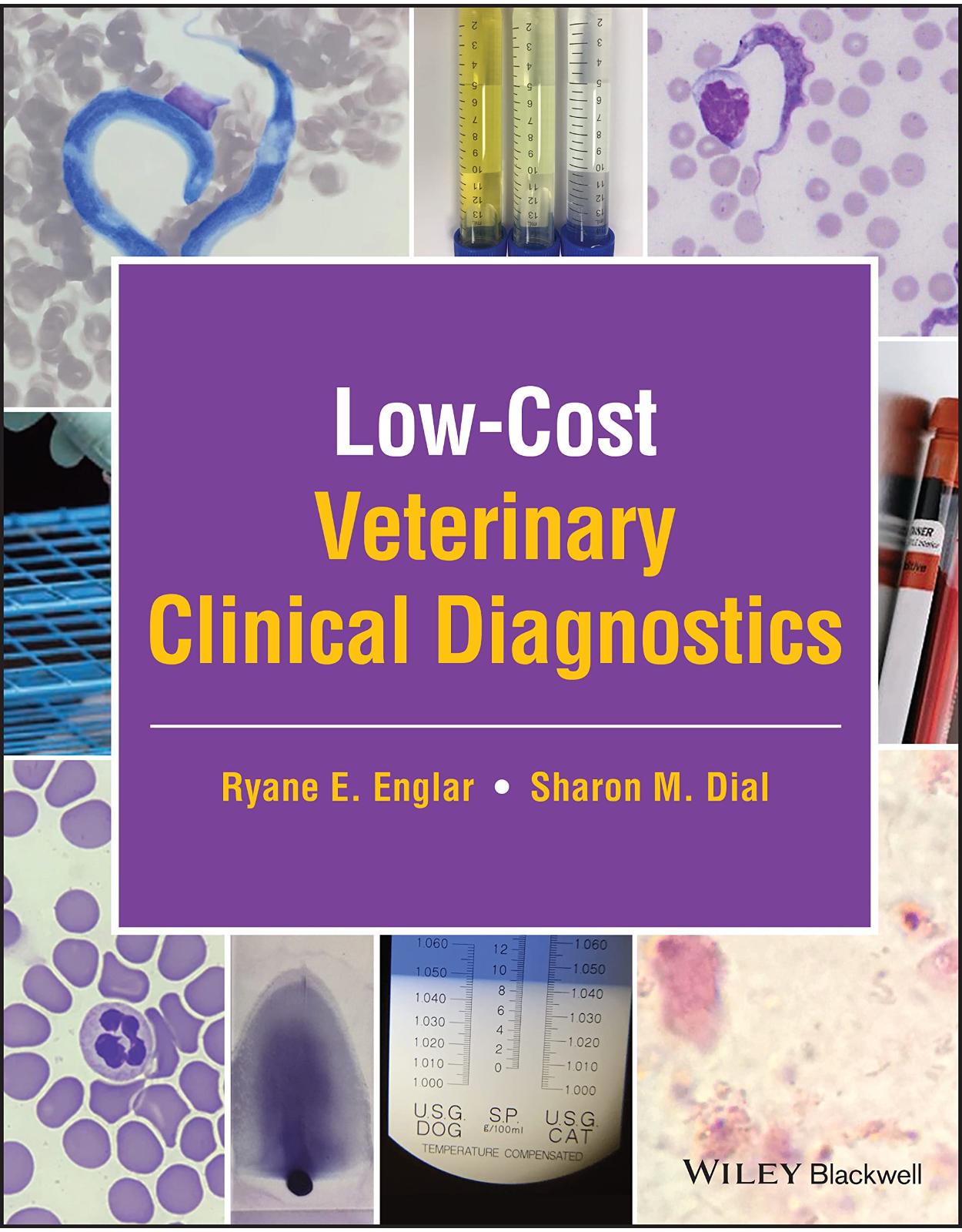
Low-Cost Veterinary Clinical Diagnostics 1st Edition
Livrare gratis la comenzi peste 500 RON. Pentru celelalte comenzi livrarea este 20 RON.
Disponibilitate: La comanda in aproximativ 4 saptamani
Autor: Sharon M. Dial
Editura: Wiley
Limba: Engleza
Nr. pagini: 368
Coperta: Hardcover
Dimensiuni: 22.1 x 2.79 x 27.69 cm
An aparitie: 6 Feb. 2023
Description:
Low-Cost Veterinary Clinical Diagnostics
A practical guide to maximizing the diagnostic value of in-house quick assessment tests (QATs)
In Low-Cost Veterinary Clinical Diagnostics, the authors provide a hands-on resource designed to facilitate healthcare delivery across the spectrum of care.
Historically, clinicians have been taught to apply the gold standard approach to the practice of medicine. However, recent advances in veterinary medical care and associated technologies have made practitioners question whether a one-size-fits-all approach is truly best. After all, when we perform diagnostic tests, are we testing out of the desire for completeness, to cover all bases for the good of the patient? Or are we testing because we are expected to?
The reality is that gold standard care is not always advisable and not always possible. In clinical practice, veterinarians frequently encounter obstacles that limit their approaches to case management. Cost of care is a significant constraint that requires practitioners to rethink which diagnostic tests are essential.
Not every patient requires a complete blood count (CBC), chemistry profile, urinalysis, and fecal analysis to obtain diagnostic value. This text suggests that the “best” approach to case management be determined by the situation, the context, the patient, and the client.
While sophisticated panels of tests may remain the recommended approach to case management, Low-Cost Veterinary Clinical Diagnostics outlines entry-level, in-house diagnostic blood, urine, fecal, and body cavity fluid tests: how to perform them as well as the breadth and depth of patient-specific data that can be gleaned from quick assessment tests (QATs).
Readers will also find:
A thorough introduction to patient care considerations, communication strategies that facilitate cost-conscious shared decision-making
Comprehensive explorations of quick assessment tests (QATs) in hematology, including packed cell volume (PCV), total solids (TS), buffy coat analysis, blood smears, blood glucose, blood urea nitrogen (BUN), saline agglutination tests, and activated clotting time.
Practical discussions of quick assessment tests (QATs) involving urine, including urine color, dipstick analysis, specific gravity (USG), and urine sediment analysis
Pragmatic evaluation of fecal analysis, including considerations surrounding fecal color, volume, consistency, and odor; saline smears or wet mounts, and fecal flotation.
Discussion on body cavity fluid analysis
Sample case vignettes, complete with question and answer (Q&A)
Perfect for veterinary practitioners, veterinary technicians, veterinary and veterinary technician students, Low-Cost Veterinary Clinical Diagnostics offers a quick and easy reference guide to maximizing diagnostic value in those cases where care is cost-prohibitive.
Table of Contents:
Part 1: Patient Care Considerations
1 The Gold Standard, Standards of Care, and Spectrum of Care
1.1 Defining the Gold Standard
1.2 Limitations of the Gold Standard
1.3 Returning to the Case of the Cat with Stranguria: a Different Perspective on Standards of Care
1.4 Limitations to Standards of Care
1.5 Spectrum of Care
References
2 Consultation Room Communication Strategies that Facilitate Dialogue on the Diagnostic Approach to Patient Care
2.1 Emergence of Communication as a Clinically Relevant Skill in Human Health Care
2.2 The Evolution of Communication in Veterinary Health Care
2.3 Communication Skills That Are Essential to Diagnosis‐Making
2.4 Concepts of Health Literacy and Compliance
2.5 Using Easy‐to‐Understand (Nonmedical) Language
2.6 Checking in
2.7 Assessing the Client's Knowledge
2.8 Signposting
2.9 Addressing the Cost of Care
References
Part 2: Quick Assessment Tests (QATS) Involving Blood
3 Packed Cell Volume
3.1 Procedural Definition: What Is this Test About?
3.2 Procedural Purpose: Why Should I Perform this Test?
3.3 Equipment
3.4 Procedural Steps: How Do I Perform this Test?
3.5 Time Estimate to Perform Test
3.6 Procedural Tips and Troubleshooting
3.7 Interpreting Test Results
3.8 Clinical Case Example(s): Can We Link to the Cases in Chapter 5?
3.9 Add‐On Tests That You May Need to Consider and Their Additive Value
3.10 Key Takeaways
References
4 Total Protein as Measured by Refractometry
4.1 Procedural Definition: What Is This Test About?
4.2 Procedural Purpose: Why Should I Perform this Test?
4.3 Equipment
4.4 Procedural Steps: How Do I Perform this Test?
4.5 Time Estimate to Perform Test
4.6 Procedural Tips and Troubleshooting
4.7 Interpreting Test Result
4.8 Clinical Case Example(s)
4.9 Add‐On Tests That You May Need to Consider and Their Additive Values
4.10 Key Takeaways
Reference
Suggested References
5 Gross and Microscopic Evaluation of the Buffy Coat
5.1 Procedural Definition: What Is This Test About?
5.2 Procedural Purpose: Why Should I Perform this Test?
5.3 Equipment
5.4 Procedural Steps: How Do I Perform this Test?
5.5 Time Estimate to Perform Test
5.6 Procedural Tips and Troubleshooting
5.7 Interpreting Test Results
5.8 Clinical Case Example(s)
5.9 Add‐On Tests That You May Need to Consider and Their Additive Value
5.10 Key Takeaways
Reference
6 The Blood Film
6.1 Procedural Definition: What Is This Test About?
6.2 Procedural Purpose: Why Should I Perform This Test?
6.3 Equipment
6.4 Procedural Steps: Preparing the Blood Film How Do I Perform This Test?
6.5 Time Estimate to Perform Test
6.6 Procedural Tips and Troubleshooting
6.7 Interpreting Test Results
6.8 Clinical Case Example(s)
6.9 Add‐On Tests That You May Need to Consider and Their Additive Value
6.10 Key Takeaways
References
Suggested Bench‐Side Reference
7 Blood Glucose
7.1 Procedural Definition: What Is This Test About?
7.2 Procedural Purpose: Why Should I Perform This Test?
7.3 Equipment
7.4 Procedural Steps: How Do I Perform This Test?
7.5 A Note on Quality Control
7.6 Procedure for Patient Samples
7.7 Time Estimate to Perform Test
7.8 Procedural Tips and Troubleshooting
7.9 Interpreting Test Results
7.10 Clinical Case Example(s)
7.11 Add‐On Tests That you May Need to Consider and Their Additive Values
7.12 Key Takeaways
References
8 Blood Urea Nitrogen
8.1 Procedural Definition: What Is This Test About?
8.2 Procedural Purpose: Why Should I Perform This Test?
8.3 Equipment
8.4 Procedural Steps: How Do I Perform this Test?
8.5 Time Estimate to Perform Test
8.6 Procedural Tips and Troubleshooting
8.7 Interpreting Test Results
8.8 Clinical Case Example(s)
8.9 Add‐On Tests That You May Need to Consider and Their Additive Value
8.10 Key Takeaways
9 Whole Blood Lactate
9.1 Procedural Definition: What Is This Test About?
9.2 Procedural Purpose: Why Should I Perform This Test?
9.3 Equipment
9.4 Procedural Steps: How Do I Perform This Test?
9.5 A Note on Quality Control
9.6 Procedure for Patient Samples
9.7 Time Estimate to Perform Test
9.8 Procedural Tips and Troubleshooting
9.9 Interpreting Test Results
9.10 Clinical Case Example(s)
9.11 Add‐On Tests That You May Need to Consider and Their Additive Value
9.12 Key Takeaways
References
10 Saline Agglutination Test
10.1 Procedural Definition: What Is This Test About?
10.2 Procedural Purpose: Why Should I Perform This Test?
10.3 Equipment
10.4 Procedural Steps: How Do I Perform This Test?
10.5 Time Estimate to Perform Test
10.6 Procedural Tips and Troubleshooting
10.7 Interpreting Test Results
10.8 Clinical Case Example(s)
10.9 Add‐On Tests That You May Need to Consider and Their Additive Value
10.10 Key Takeaways
Reference
11 Activated Clotting Time
11.1 Procedural Definition: (“What Is This Test About?”)
11.2 Procedural Purpose: Why Should I Perform This Test?
11.3 Equipment
11.4 Procedural Steps: How Do I Perform This Test?
11.5 Time Estimate To Perform Test
11.6 Procedural Tips and Troubleshooting
11.7 Interpreting Test Results
11.8 Clinical Case Example(s)
11.9 Add‐On Tests That You May Need to Consider and Their Additive Value
11.10 Key Takeaways
Part 3: Quick Assessment Tests (QATS) Involving Urine
12 Assessing Urine's Physical Properties
12.1 Procedural Definition: What Is This Test About?
12.2 Procedural Purpose: Why Should I Perform This Test?
12.3 Equipment
12.4 Procedural Steps
12.5 Time Estimate to Perform Test
12.6 Procedural Tips and Troubleshooting
12.7 Interpreting Test Results
12.8 Clinical Case Example(s)
12.9 Add‐On Tests That You May Need to Consider and Their Additive Value
12.10 Key Takeaways
12.11 Clinical Pearls
References
13 Urine Specific Gravity
13.1 Procedural Definition: What Is This Test About?
13.2 Procedural Purpose: Why Should I Perform this Test?
13.3 Equipment
13.4 Procedural Steps
13.5 Time Estimate to Perform Test
13.6 Procedural Tips and Troubleshooting
13.7 Interpreting Test Results
13.8 Clinical Case Example(s)
13.9 Add‐On Tests That You May Need to Consider and Their Additive Value
13.10 Key Takeaways
13.11 Clinical Pearls
References
14 Chemical Evaluation of Urine
14.1 Procedural Definition: What Is This Test About?
14.2 Procedural Purpose: Why Should I Perform This Test?
14.3 Equipment
14.4 Procedural Steps
14.5 Time Estimate to Perform Test
14.6 Procedural Tips and Troubleshooting
14.7 Interpreting Test Results
14.8 Clinical Case Example(s)
14.9 Add‐On Tests That You May Need to Consider and Their Additive Value
14.10 Key Takeaways
14.11 Clinical Pearls
References
15 Urine Sediment Examination
15.1 Procedural Definition: What Is This Test About?
15.2 Procedural Purpose: Why Should I Perform This Test?
15.3 Equipment
15.4 Procedural Steps: How Do I Perform This Test?
15.5 Time Estimate to Perform Test
15.6 Procedural Tips and Troubleshooting
15.7 Interpreting Test Results
15.8 Clinical Case Example(s)
15.9 Add‐On Tests That You May Need to Consider and Their Additive Value
15.10 Key Takeaways
Reference
Suggested Bench‐Side References
Part 4: Quick Assessment Tests (QATS) Involving Feces
16 Assessing the Physical Properties of Fecal Matter
16.1 Procedural Definition: What Is This Test About?
16.2 Procedural Purpose: Why Should I Perform This Test?
16.3 Equipment
16.4 Procedural Steps
16.5 Time Estimate to Perform Test
16.6 Procedural Tips and Troubleshooting
16.7 Interpreting Test Results
16.8 Clinical Case Example(s)
16.9 Add‐On Tests That You May Need to Consider and Their Additive Value
16.10 Key Takeaways
16.11 Clinical Pearls
References
17 Direct Smears
17.1 Procedural Definition: What Is This Test About?
17.2 Procedural Purpose: Why Should I Perform This Test?
17.3 Equipment
17.4 Procedural Steps [1–5, 20, 30, 60–62]
17.5 Time Estimate to Perform Test
17.6 Procedural Tips and Troubleshooting
17.7 Interpreting Test Results
17.8 Clinical Case Example(s)
17.9 Add‐On Tests That You May Need to Consider and Their Additive Value
17.10 Key Takeaways
17.11 Clinical Pearls
References
18 Fecal Flotation
18.1 Procedural Definition: Whatis This Test About?
18.2 Procedural Purpose: Why Should I Perform This Test?
18.3 Options Available for Fecal Flotation
18.4 Equipment
18.5 Procedural Steps: Fecal Flotation with Fixed‐Angle Centrifuge[1–4, 8, 11, 22, 23, 28]
18.6 Time Estimate to Perform Fecal Flotation with Fixed‐Angle Centrifuge
18.7 Brief Consideration of the Procedural Steps in the Event a Swinging Bucket Centrifuge Is Used
18.8 Equipment
18.9 Procedural Steps
18.10 Time Estimate to Perform Passive Fecal Flotation
18.11 Procedural Tips and Troubleshooting for Fecal Flotation
18.12 Interpreting Test Results
18.13 Clinical Case Example(s)
18.14 Add‐On Tests That You May Need to Consider and Their Additive Value
18.15 Key Takeaways
18.16 Clinical Pearls
References
Part 5: Quick Assessment of Body Cavity Fluids
19 Body Cavity Fluid Analysis
19.1 Procedural Definition: What Is This Test About?
19.2 Procedural Purpose: Why Should I Perform This Test?
19.3 Equipment
19.4 Procedural Steps: How Do I Perform This Test?
19.5 Time Estimate to Perform Test
19.6 Procedural Tips and Troubleshooting
19.7 Interpreting Test Results
19.8 Clinical Case Example(s)
19.9 Add‐On Tests That You May Need to Consider and Their Additive Value
19.10 Key Takeaways
References
Suggested Bench‐Side References
Part 6: Clinical Cases
20 Clinical Cases
1 Case #1
2 Case #2
3 Case #3
4 Case #4
5 Case #5
6 Case #6
7 Case #7
8 Case #8
9 Case #9
10 Case #10
11 Case #11
12 Case #12
13 Case #13
14 Case #14
15 Case #15
References
Index
End User License Agreement
| An aparitie | 6 Feb. 2023 |
| Autor | Sharon M. Dial |
| Dimensiuni | 22.1 x 2.79 x 27.69 cm |
| Editura | Wiley |
| Format | Hardcover |
| ISBN | 9781119714507 |
| Limba | Engleza |
| Nr pag | 368 |
-
97200 lei 92000 lei

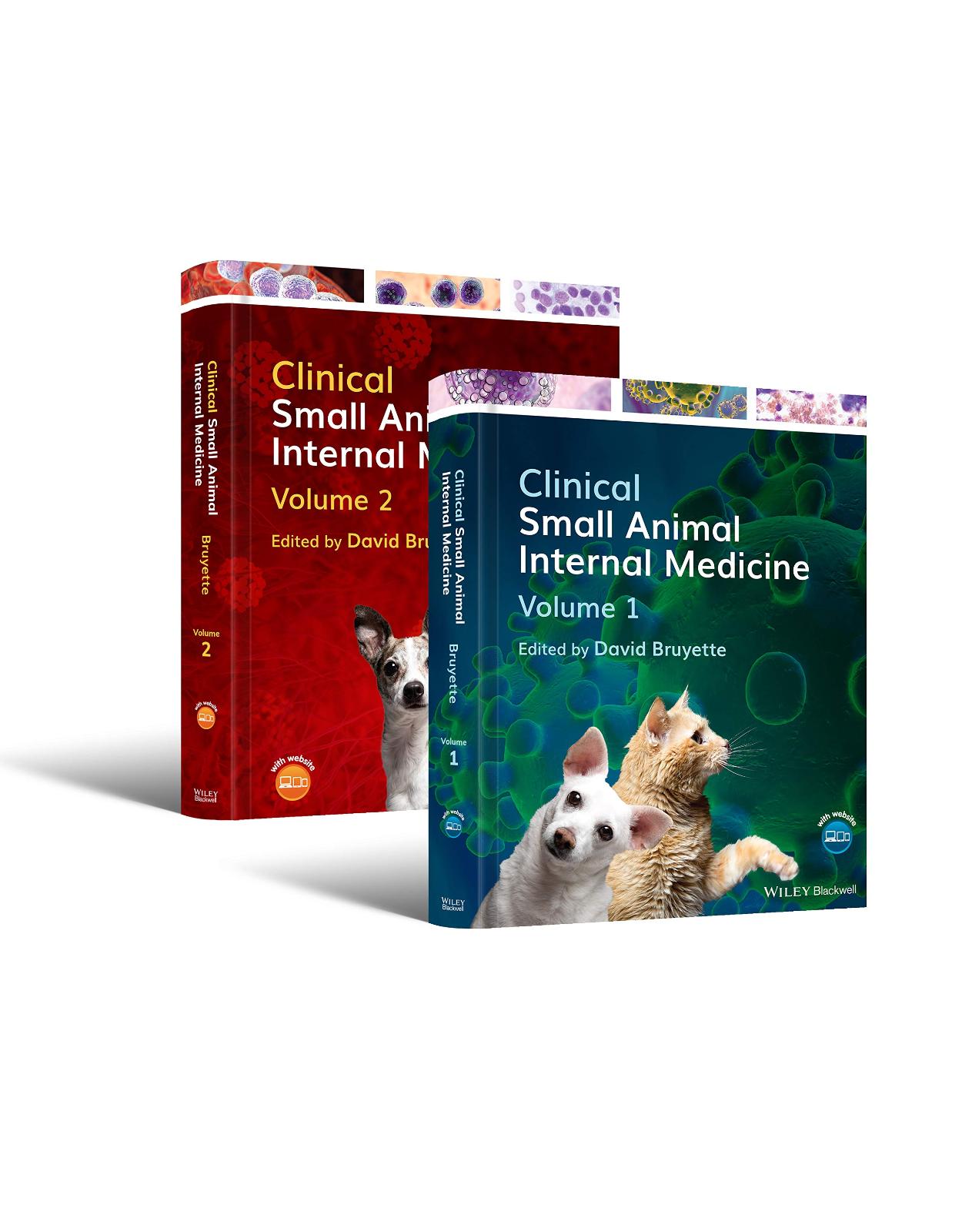
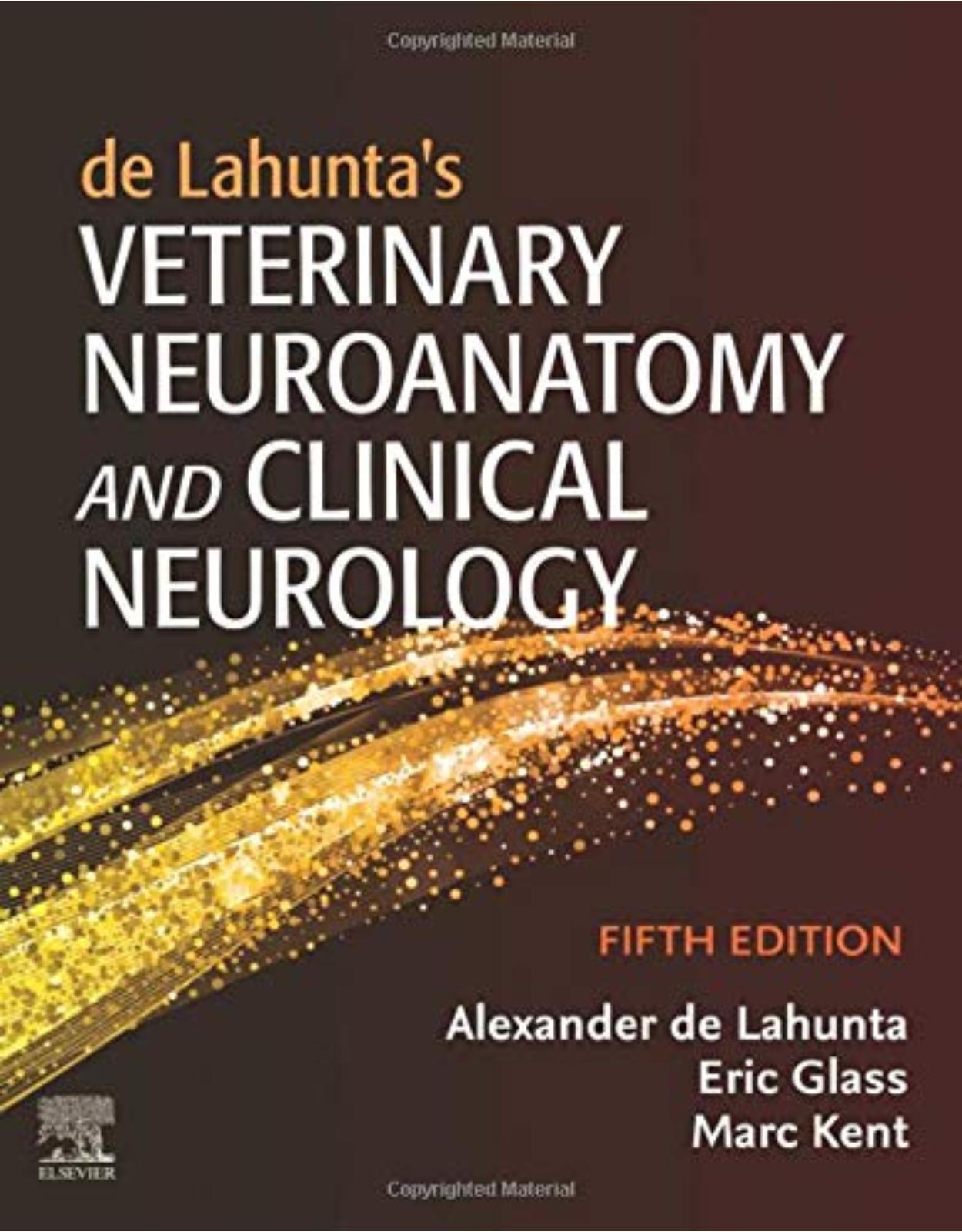
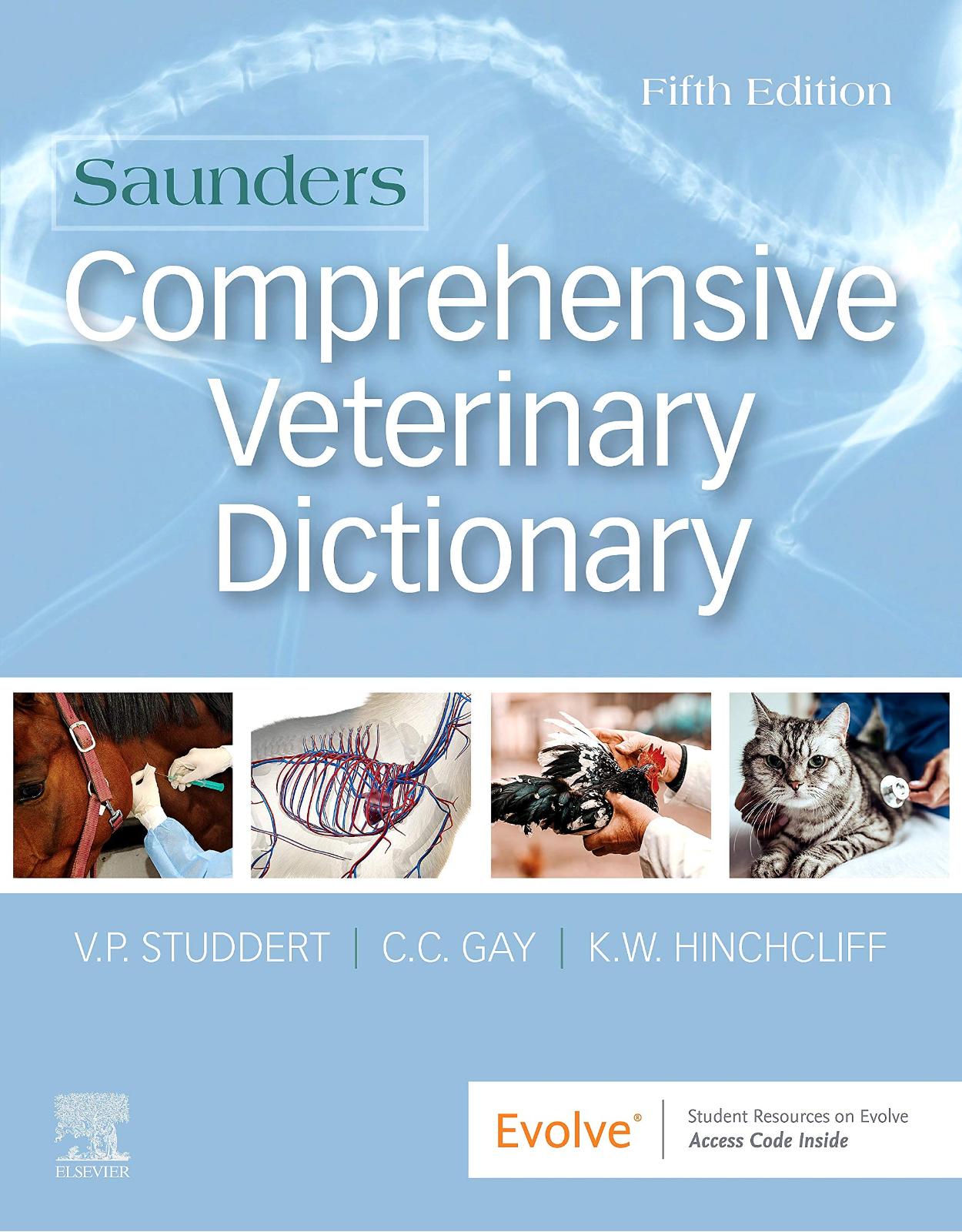
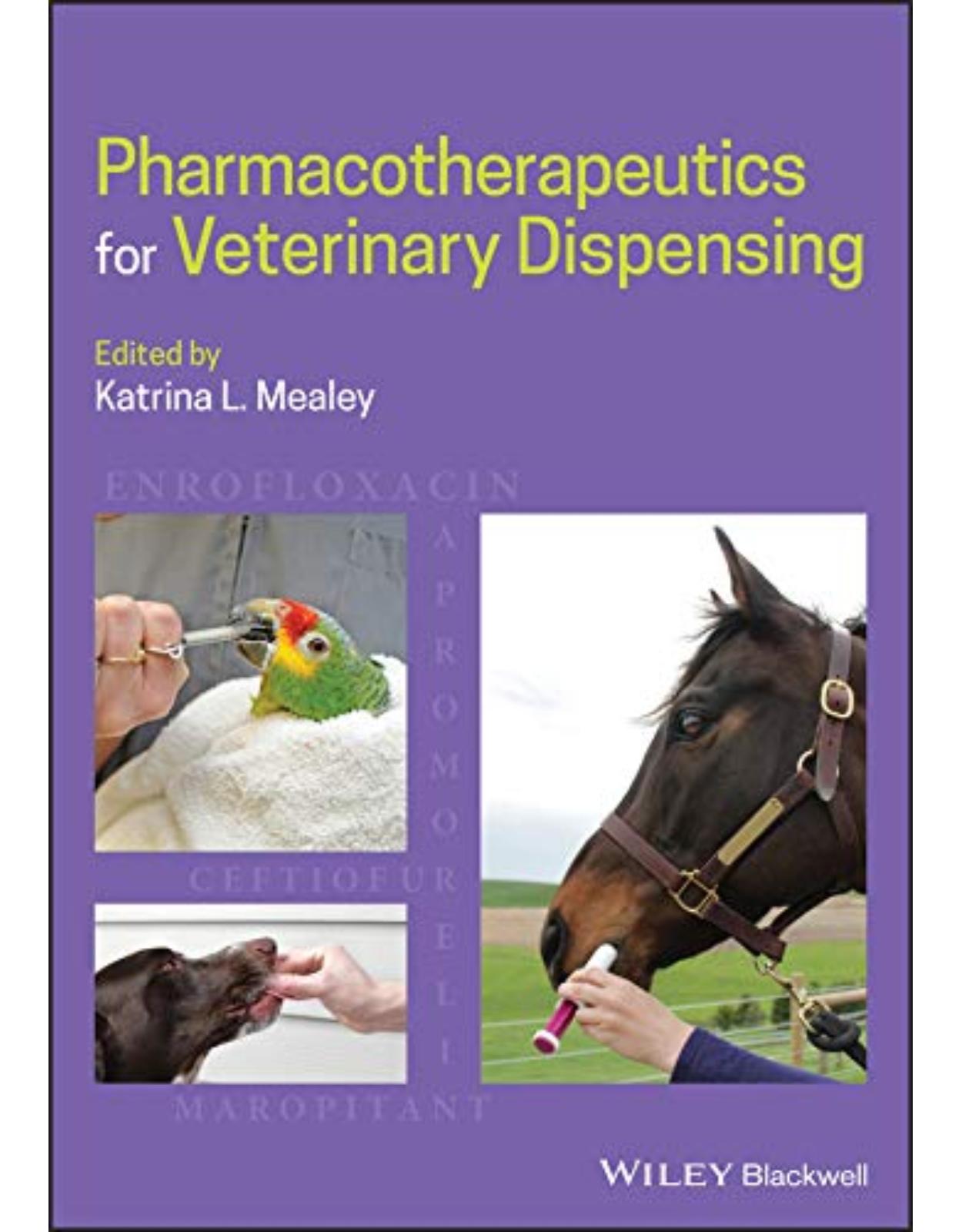
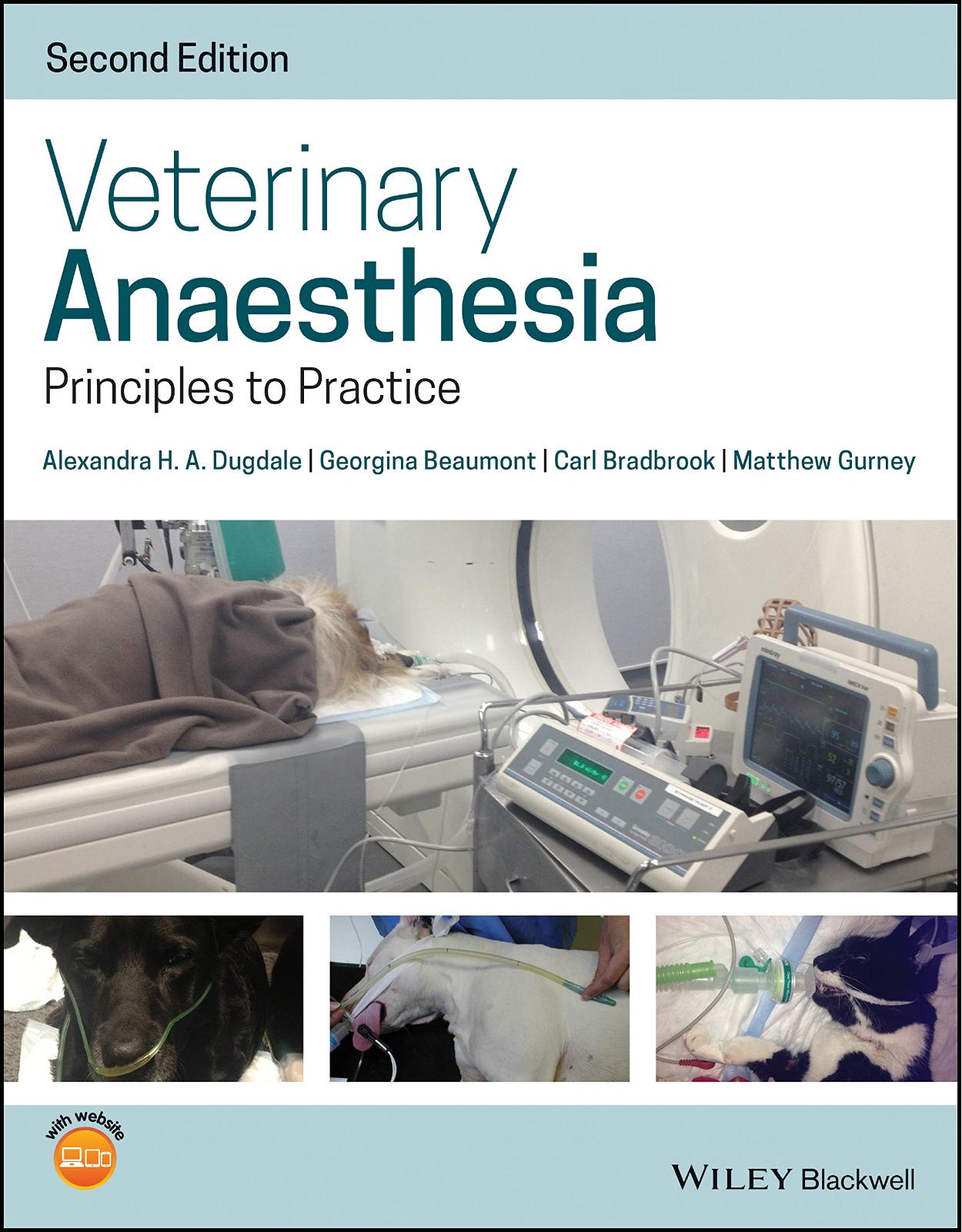
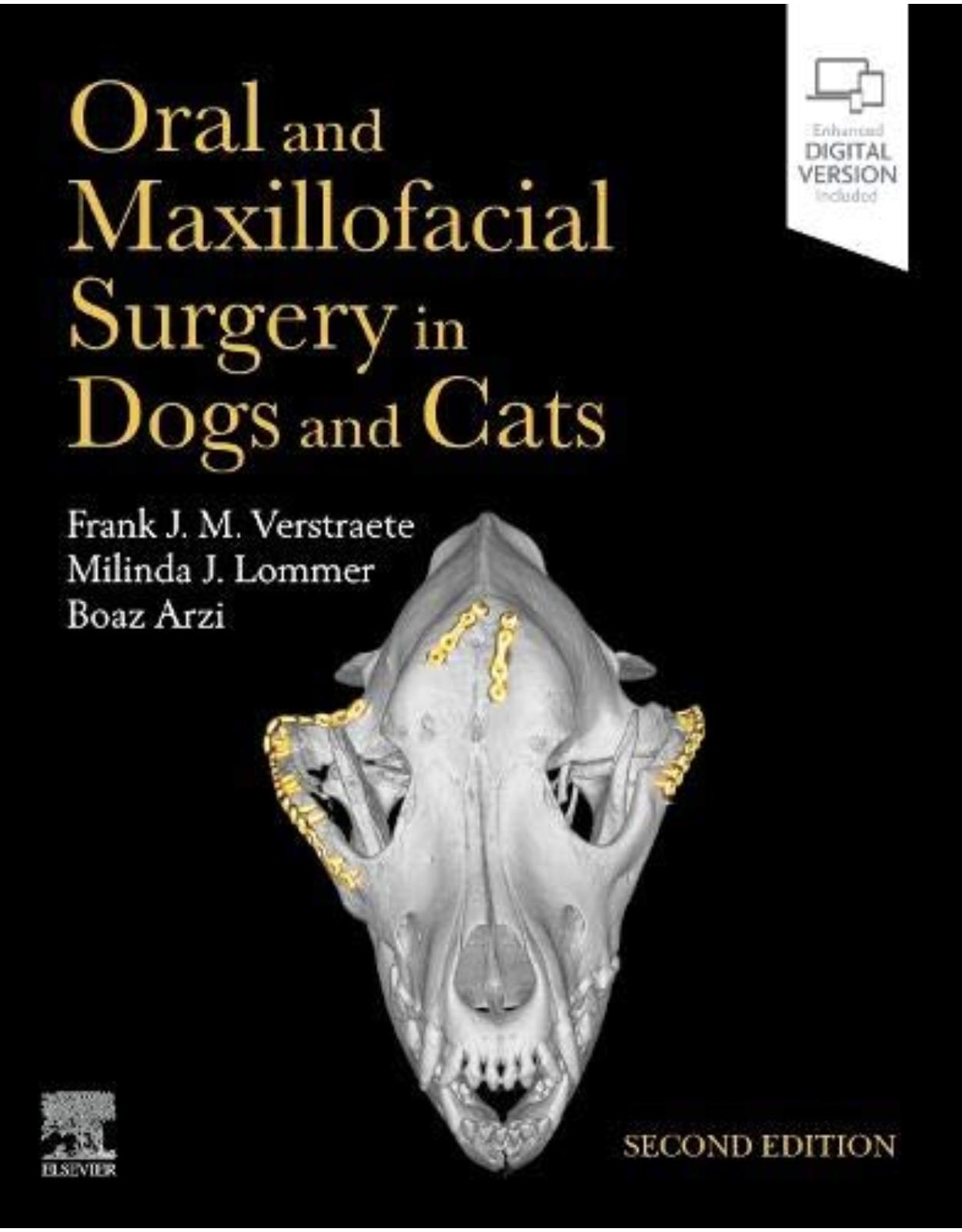

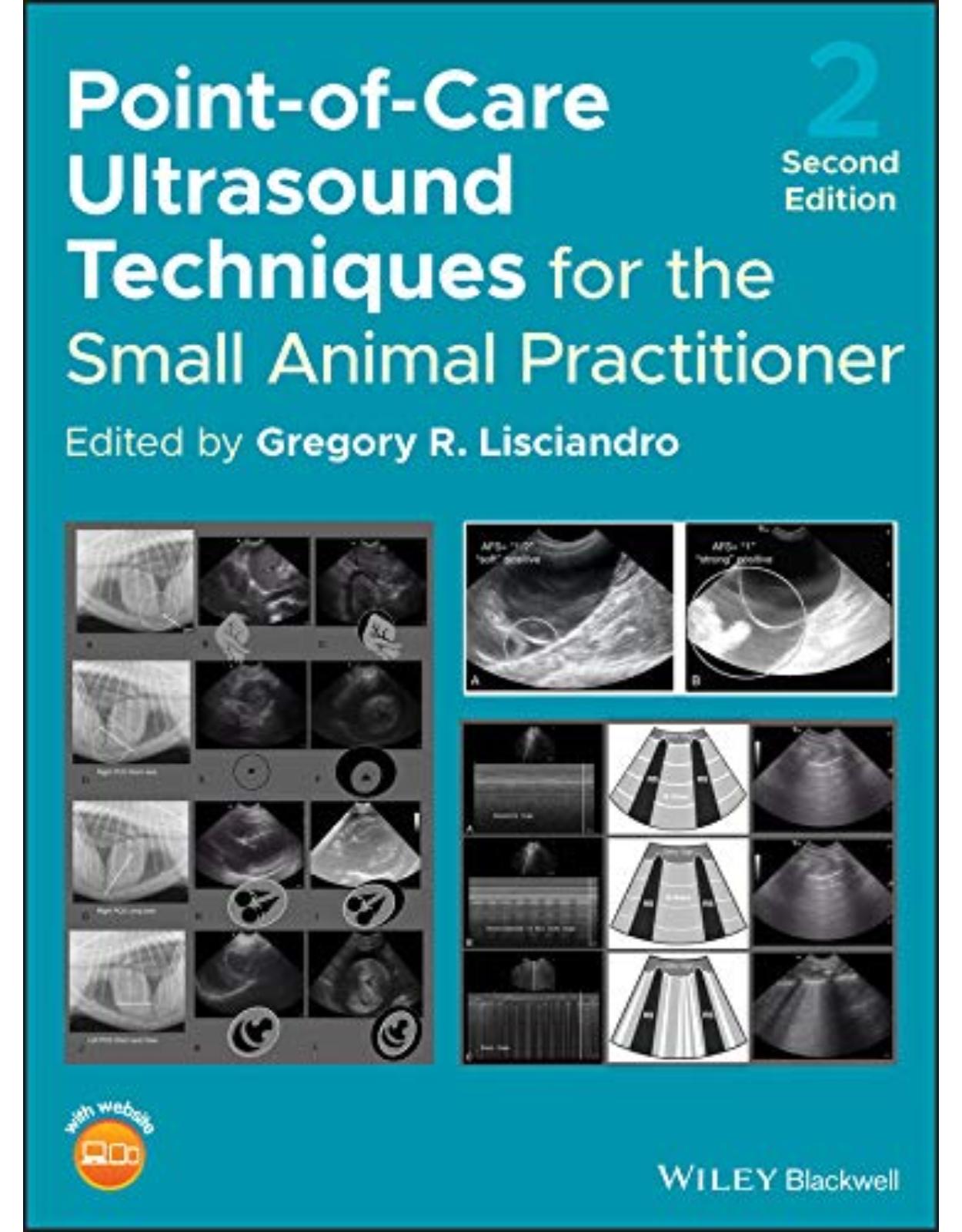
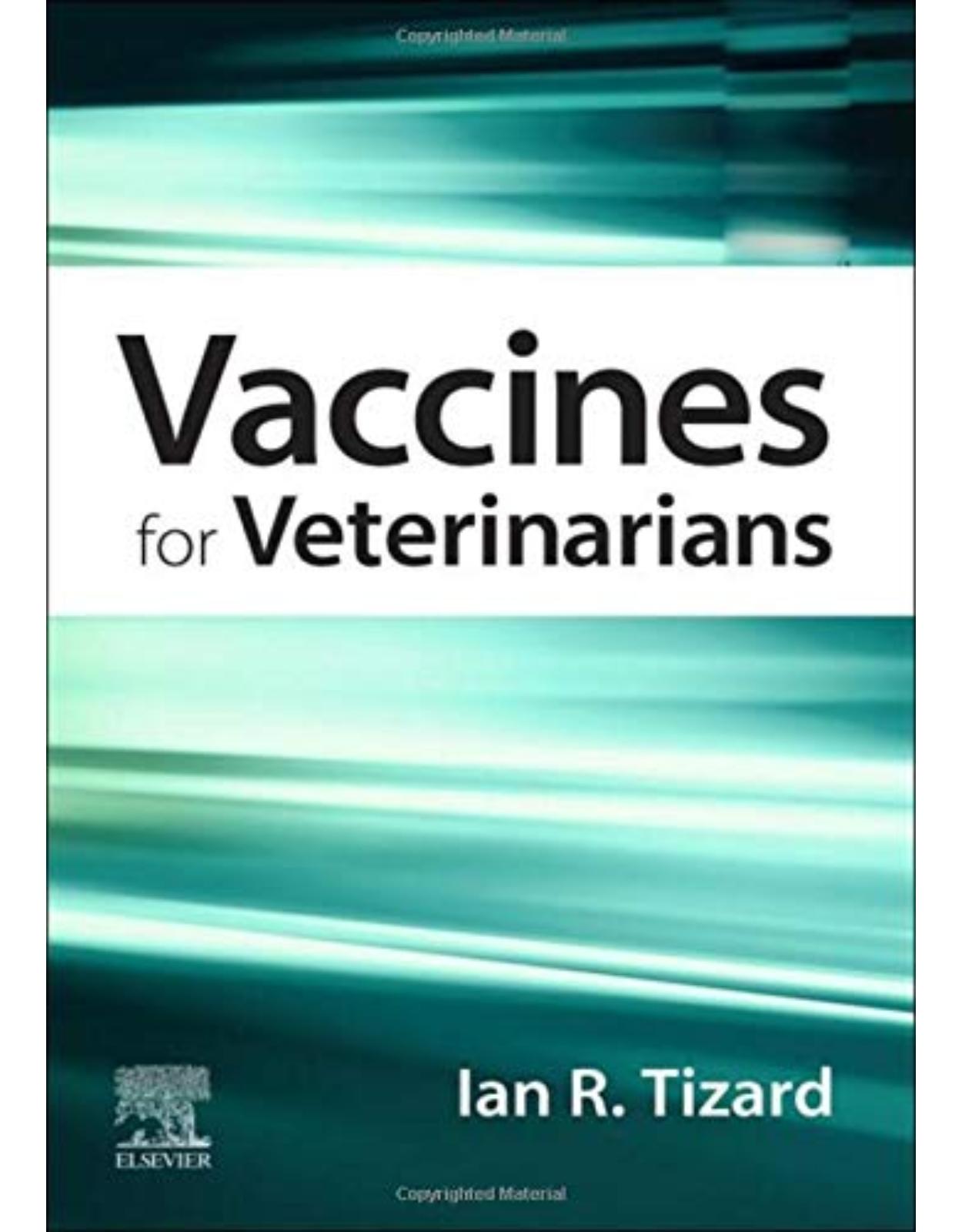
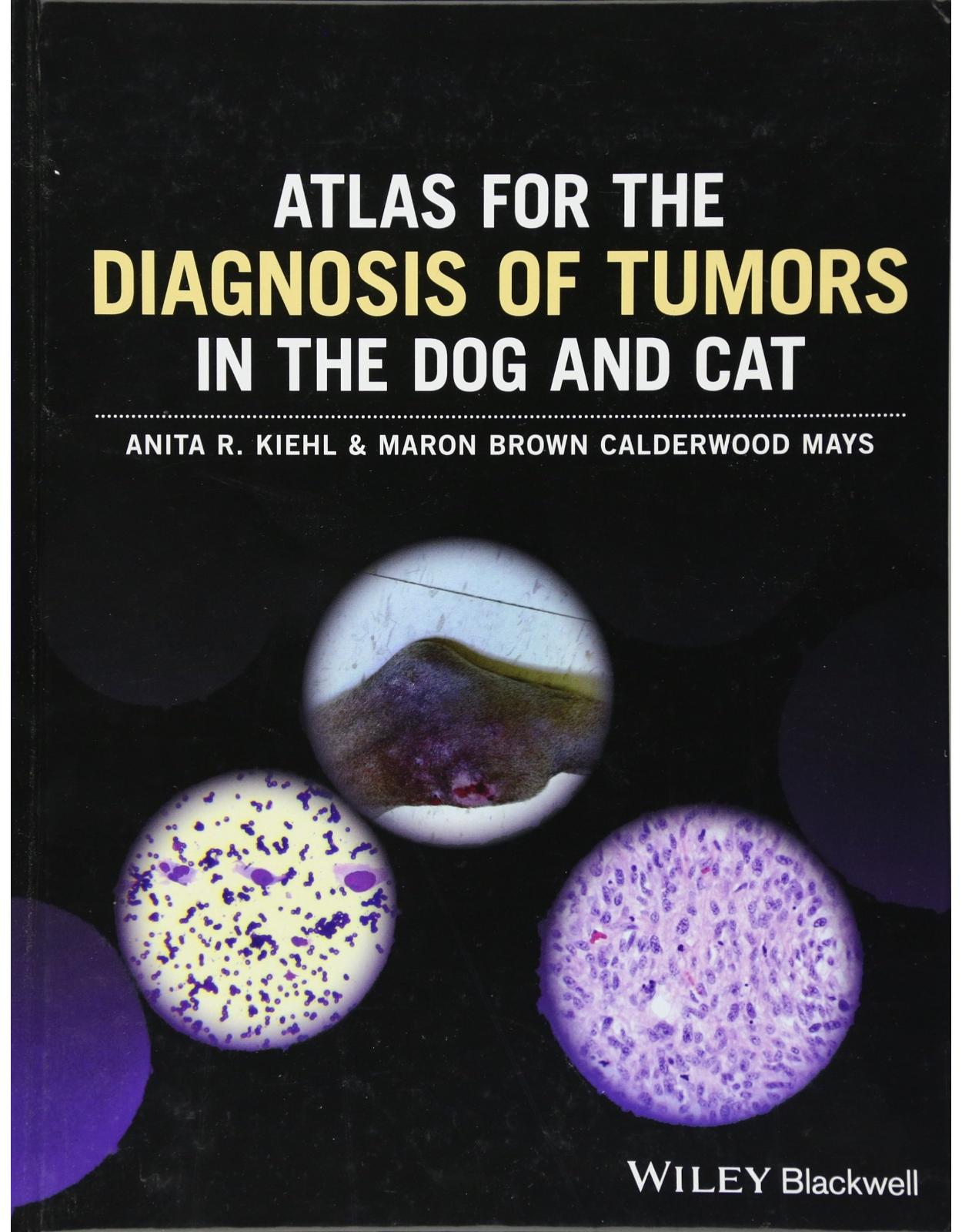
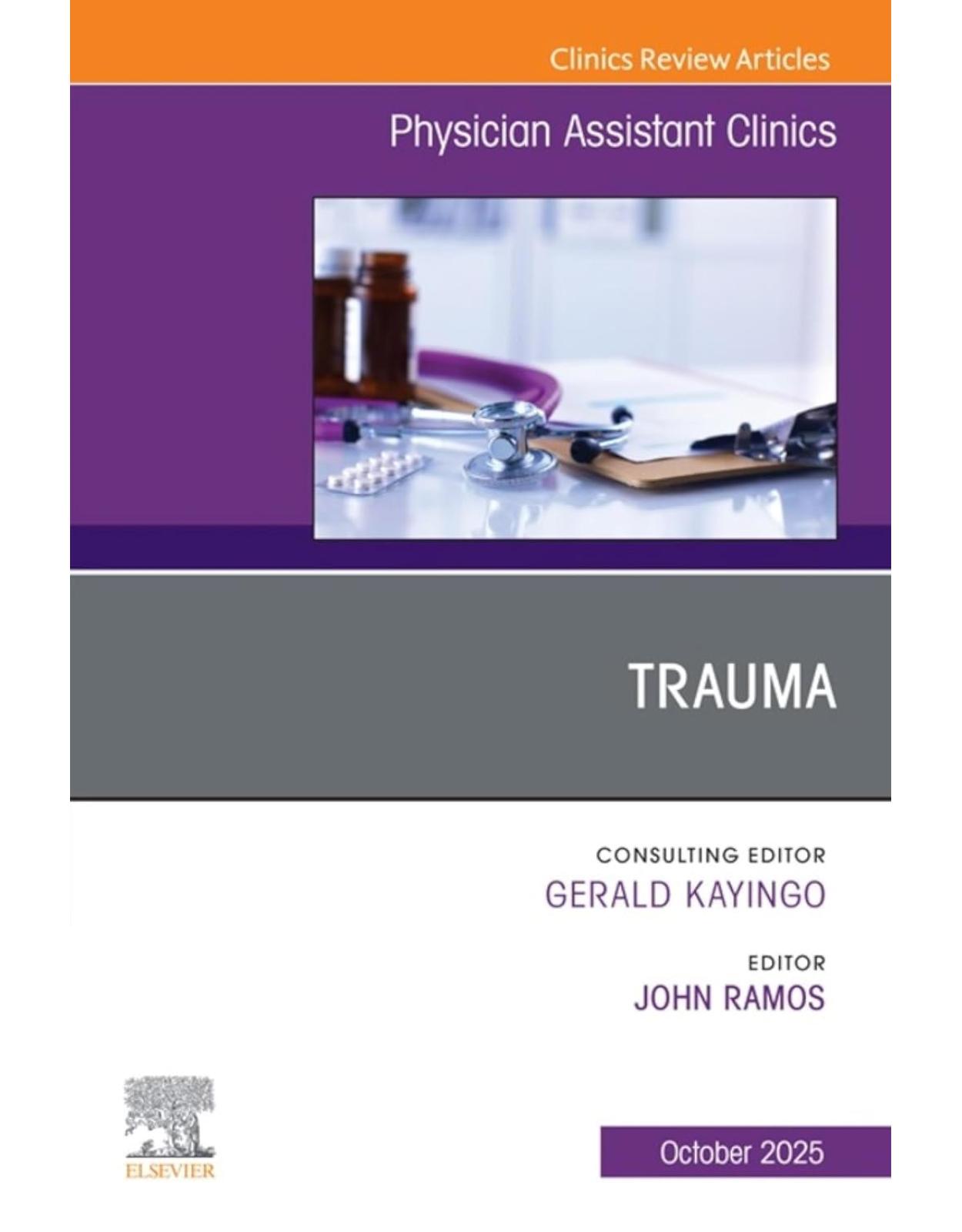
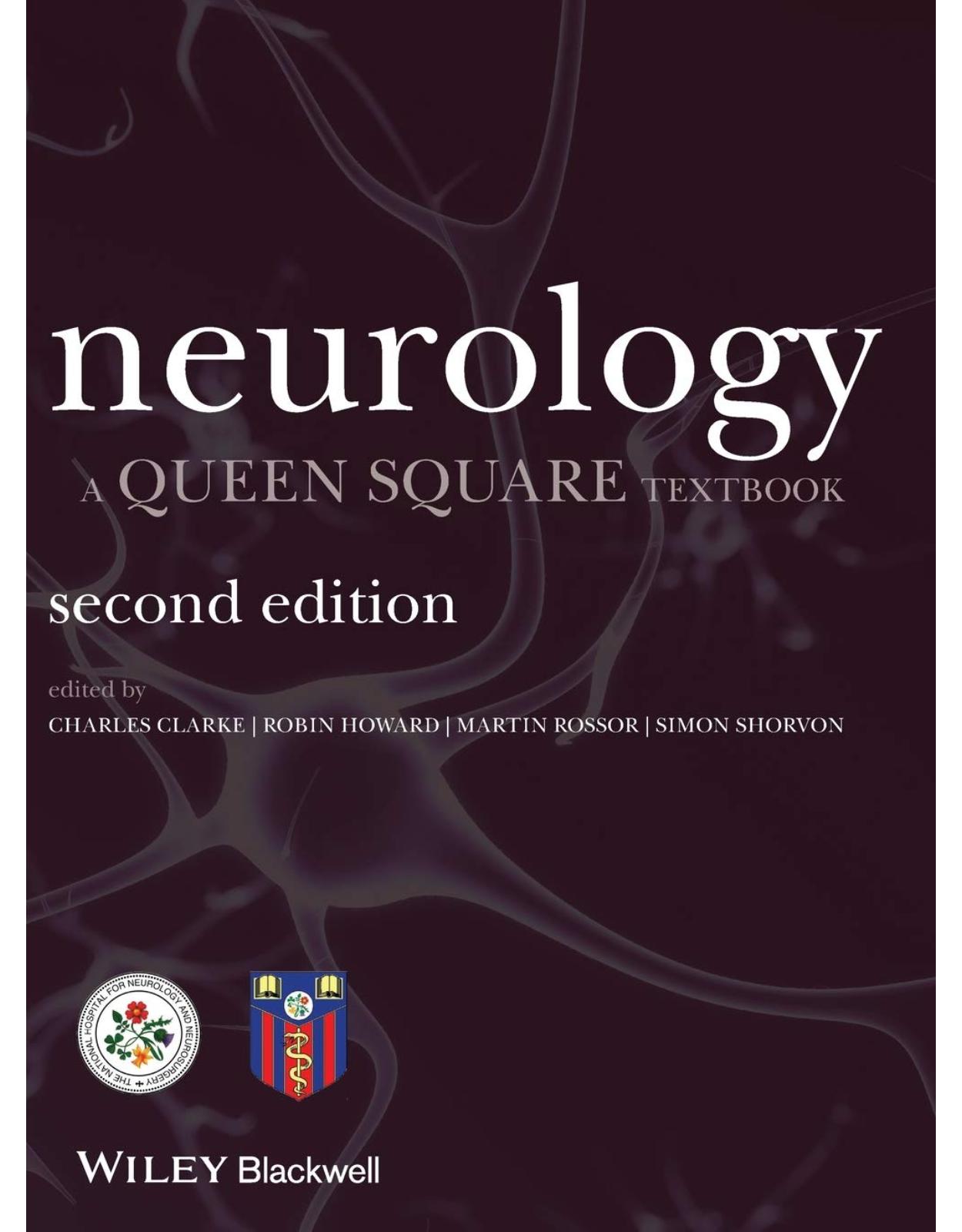
Clientii ebookshop.ro nu au adaugat inca opinii pentru acest produs. Fii primul care adauga o parere, folosind formularul de mai jos.